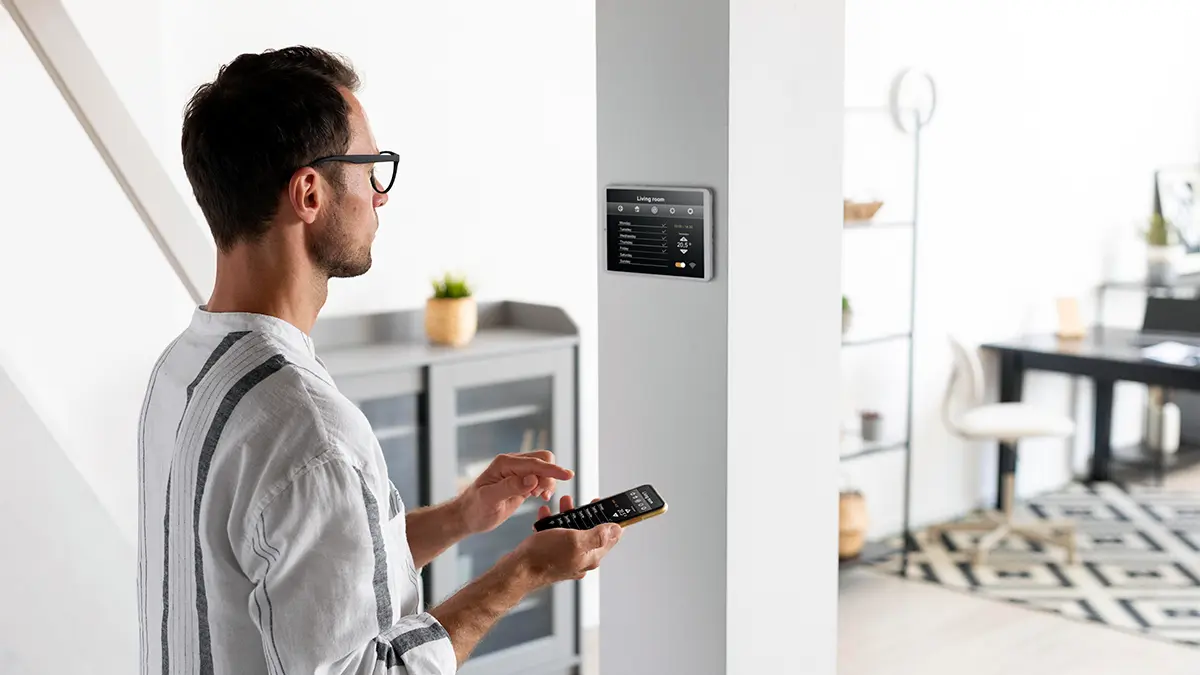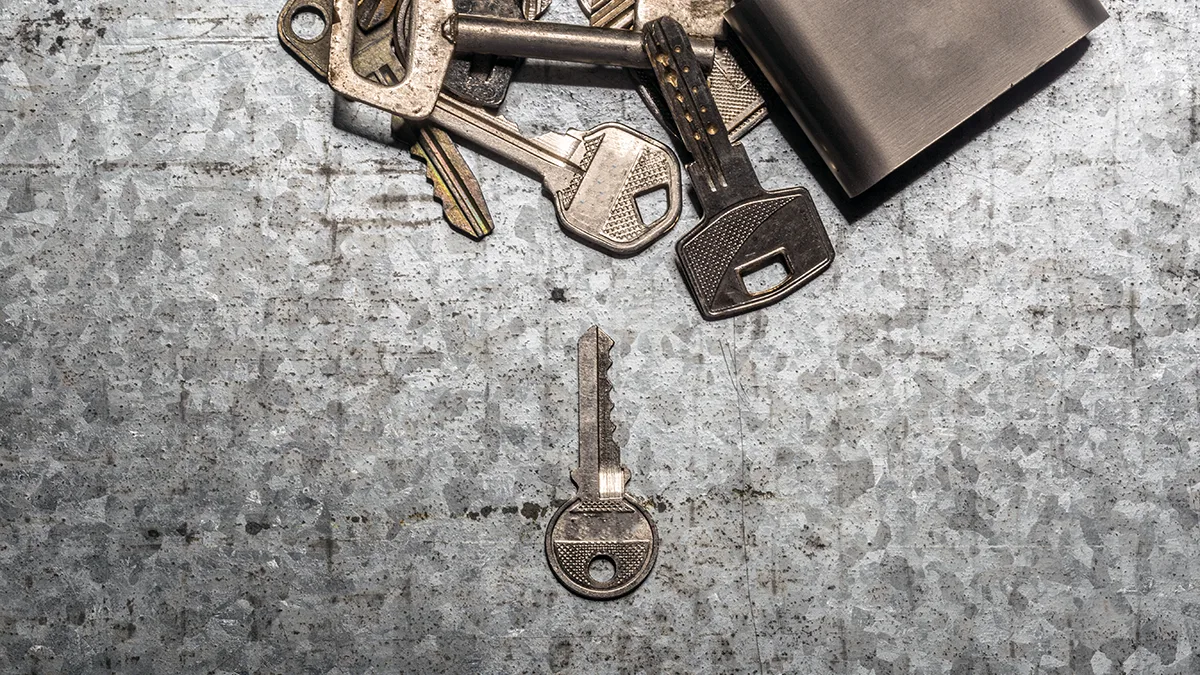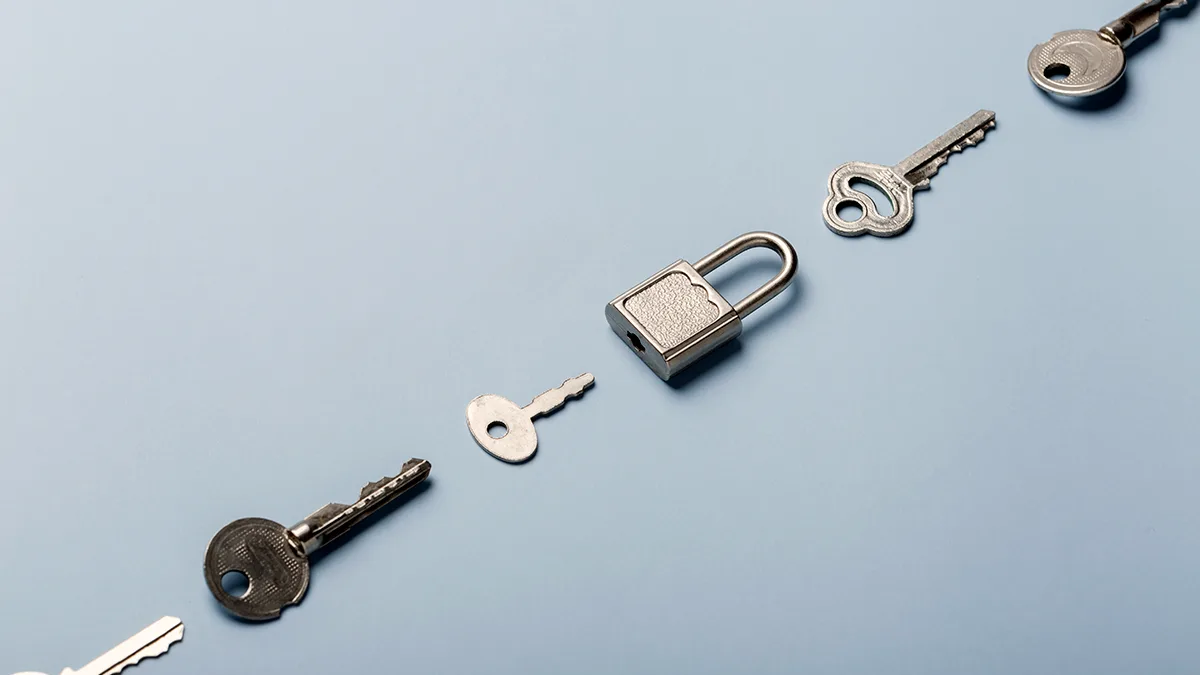The Hidden Costs of DIY Lock Repairs and How to Avoid Them. In a bustling city…
How to Prevent Burglary: Top Tips to Safeguard Your Home
To effectively safeguard your home, it is crucial to understand the common tactics burglars use to gain entry. Awareness of these methods allows homeowners to take proactive steps to prevent burglary.
Burglars often exploit vulnerabilities in homes, making it essential to know the typical entry points and times when burglaries are most likely to occur.
How to Prevent Burglary
One of the most common entry points for burglars is through doors. Unsecured or poorly secured doors provide easy access. Burglars may employ lock picking to gain entry, a method that requires skill but can be surprisingly quick and silent.
Additionally, door kicking is a brute force method where the intruder uses physical power to break the door open. Reinforcing door frames and using deadbolt locks can significantly reduce the risk of such attacks.
Windows are another frequent target for burglars. They may break the glass or find ways to jimmy the window open. Installing window locks, using shatterproof glass, and keeping windows closed and latched when not in use can deter these entry attempts.
Ground floor windows are particularly vulnerable, so additional security measures like window bars or alarms can be beneficial.
Timing also plays a critical role in burglary tactics. Most residential burglaries happen during the daytime, when occupants are likely to be at work or school. Burglars often scout neighborhoods to identify patterns and preferred times of absence.
Installing visible security cameras and maintaining a lived-in appearance, even when away, can help mitigate this risk. Timers for lights and electronics can create the illusion of occupancy, further deterring potential intruders.
By understanding these common burglary tactics, homeowners can take informed steps to fortify their homes. Consulting with security professionals or a reputable locksmith co can provide additional insights and recommendations tailored to specific vulnerabilities.
Taking these measures not only helps prevent burglary but also provides peace of mind, knowing that your home is well-protected against common threats.
Reinforcing Entry Points
Securing your home effectively begins with reinforcing its most vulnerable entry points: doors, windows, and the garage. By implementing a few strategic measures, you can significantly reduce the risk of burglary and ensure a safer living environment.
The first step to safeguard your home is to install high-quality locks and deadbolts on all exterior doors. A deadbolt should extend at least one inch into the door frame for maximum security.
Additionally, consider upgrading to smart locks, which offer advanced features like remote access, monitoring, and alerts.
For doors leading to the exterior, it is crucial to use reinforced doors and frames. Solid wood or metal doors provide better protection compared to hollow-core doors. Reinforcing the doorframe with a strike plate and longer screws will enhance its resistance against forced entry.
Another essential measure is to install a peephole or a video doorbell, allowing you to identify visitors before opening the door.
Windows are another common entry point for burglars. Installing window locks and security bars can deter intruders. For sliding windows and doors, additional locks and pins can prevent them from being lifted off their tracks.
A simple yet effective solution
A simple yet effective solution is to place a dowel or a metal rod in the track to inhibit movement. Consider using shatterproof glass or security film to make windows more resistant to breakage.
The garage is often overlooked but can be a weak spot in home security. Ensure that the garage door is equipped with a robust locking mechanism. If your garage has windows, cover them with curtains or frosted film to prevent outsiders from seeing inside.
Additionally, always lock the door connecting the garage to the house, and consider installing a smart garage door opener for added security.
By paying attention to these critical areas and reinforcing them with high-quality locks, deadbolts, and additional security measures, you can make it significantly more challenging for intruders to gain access to your home.
Taking these steps not only helps in preventing burglary but also provides peace of mind, knowing that your home is well-protected.
Utilizing Advanced Security Systems
In today’s world, advanced security systems are a critical component in any strategy to safeguard your home.
These systems, which include alarm systems, security cameras, motion detectors, and smart home technology, offer an effective way to prevent burglary by deterring potential intruders and providing real-time monitoring capabilities.
Alarm systems serve as the first line of defense in home security. When an unauthorized entry is detected, these systems emit a loud alarm, alerting homeowners and neighbors, and often notifying local authorities.
Modern alarm systems
Modern alarm systems can be customized to fit the unique needs of your property, offering features such as perimeter security and glass break detectors.
Security cameras are another essential element. These devices provide continuous surveillance of your property, capturing high-definition video footage that can be accessed remotely.
Security cameras not only deter burglars due to their visibility but also provide valuable evidence in the event of a break-in. For optimal coverage, consider positioning cameras at all entry points and in vulnerable areas around your home.
Motion detectors enhance your security network by detecting unusual movements within a specified range.
When integrated with your alarm system, these detectors can trigger alarms and activate security cameras, providing a comprehensive response to potential threats.
Motion detectors are particularly useful for covering large areas such as backyards, driveways, and hallways.
Smart home technology offers an advanced layer of security. Smart locks, doorbell cameras, and automated lighting systems can be controlled remotely via smartphone apps, allowing you to monitor and manage your home’s security from anywhere.
Real-time alerts to your device
These systems can send real-time alerts to your device, ensuring you are always aware of any suspicious activity.
When selecting a security system, consider your specific needs and budget. Professional installation ensures that all components are correctly set up and integrated, providing a seamless security solution. However, for those with a technical inclination, DIY options offer a cost-effective alternative without compromising on effectiveness.
By integrating these advanced security systems, you can significantly enhance the safety of your home, making it less attractive to potential burglars and ensuring peace of mind for you and your family.
Creating an Illusion of Occupancy
Burglars often target homes that appear unoccupied, making it crucial to create an illusion of occupancy to safeguard your home.
One effective strategy is to use timers for lights and electronics. By scheduling lights to turn on and off at various times, you mimic the patterns of an occupied home.
Similarly, setting TVs or radios to operate intermittently can add to the illusion, deterring potential burglars.
Maintaining your yard is another essential aspect. Overgrown lawns and uncollected newspapers are telltale signs of an empty house.
Arrange for a trusted neighbor or a professional service to keep your yard in check and remove any visible signs of absence.
Another critical step is to have a neighbor collect your mail and packages. Overflowing mailboxes can be a clear indicator that no one is home, attracting unwanted attention.
What you share on social media
In the digital age, it is also important to be cautious about what you share on social media. Announcing your vacation plans or sharing real-time updates can inadvertently tip off burglars about your absence.
Instead, consider sharing your experiences after you return home to maintain the illusion of occupancy while safeguarding your privacy.
Neighborhood watch programs are another valuable resource. These community-driven initiatives foster a sense of collective vigilance, where neighbors look out for each other’s properties.
Participating in or starting a neighborhood watch can significantly reduce the risk of burglary. Sharing information about suspicious activities and collaborating on preventative measures can create a safer environment for everyone.
By implementing these strategies, you can effectively prevent burglary and safeguard your home.
Utilizing timers, maintaining your yard, managing mail collection, being cautious on social media, and engaging in neighborhood watch programs collectively create a robust defense against potential intruders.




Comments (0)